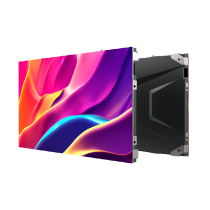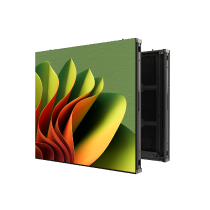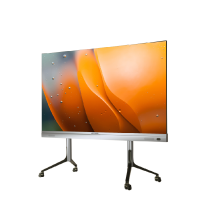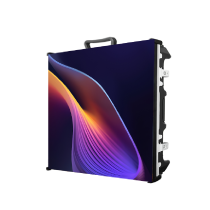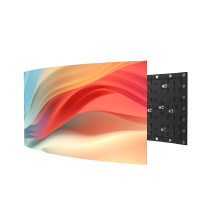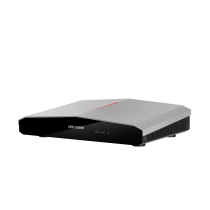As urban centers continue to expand, buildings are evolving into far more than just places of work or residence. Today, architectural facades are becoming dynamic digital canvases that captivate passers-by and spark conversation. Traditionally, large-scale LED displays were seen as costly and energy-hungry, but the global shift toward sustainability has spurred innovative solutions that balance striking visuals with eco-friendly design.
Rethinking traditional building displays
Older building displays were often notorious for their high energy consumption. While LEDs are generally more energy-efficient than traditional lighting like incandescent or fluorescent bulbs, early LED displays didn’t fully realize that advantage due to technical limitations.
Firstly, they lacked efficient thermal management, causing excessive heat generation that wasted energy (and also shortened component lifespan). Secondly, inefficient power supplies and imprecise voltage control led to further waste, especially when static or bright-white content forced RGB diodes to run constantly at maximum intensity.
As a result, early LED displays could consume up to 1,000 watts per square meter, leading to high electricity costs and a large carbon footprint.
Maintenance added another layer of difficulty. Many legacy systems were large, hard to service, and required extensive time for repairs or recalibration. These concerns underscored the urgent need for solutions that could reduce operational costs while aligning with sustainability goals.
Turning to green LED solutions
Recent innovations in LED technology have ushered in a new era of energy-efficient, adaptable, and environmentally friendly building displays. A key innovation is in thermal design, such as flip-chip COB technology, which can reduce device temperature by 5-10°C and power consumption by around 45%.
This improvement stems from flip-chip COB architecture, where LED chips are mounted directly onto the substrate, eliminating traditional wire bonds. This design minimizes thermal resistance, allowing heat to dissipate more efficiently and lowering junction temperatures. These enhancements bring down heat output and energy use.
Precise voltage control, enabled by common cathode setup, further enhances efficiency by powering each RGB diode individually. Compared to conventional common anode design, this new approach reduces energy consumption, all while maintaining the vibrant, high-definition visuals demanded by today’s audiences.
Software‑driven management and control offer another key path to energy savings. Smart content management systems, such as Hikvision’s PixMaster intelligent engine, dynamically adjust brightness and contrast based on content and ambient light conditions. This ensures the display uses only the power it needs, optimizing energy efficiency without sacrificing visual performance.
Additionally, robust aluminum shells protect components from harsh weather, ensuring long-term durability and reducing maintenance frequency. These innovations make modern LED displays a reliable investment and contribute to minimizing waste.
